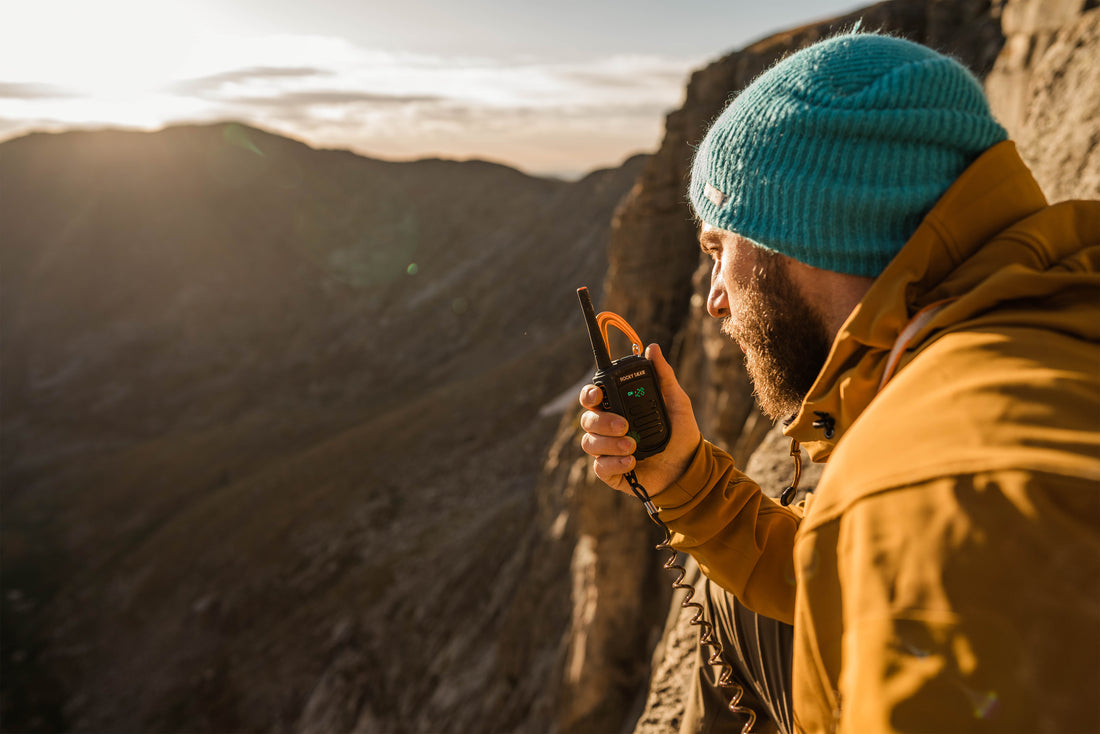
Using Radios in Rock Climbing
| 8 min read 
|
About The Author Tim Noble is a dedicated student of the mountain craft from Denver, Colorado. He holds certifications as an AMGA Single Pitch Instructor, Wilderness First Responder and Avi 1, and occasionally guides climbing and backpacking in the Front Range. While (nearly) all climbing is good climbing, he harbors a particularly soft spot for hard days in the Black Canyon or RMNP, and also takes advantage of all Colorado’s seasons by backcountry skiing and ice climbing. |
I perched on a small ledge high above the glacier, my feet crammed into cold climbing shoes and neck craned upwards to where the rope snaked out of sight into the broken rock features above. My partner and I had made a long anticipated trip to the Bugaboos in British Columbia, and after several days of non-stop rain were hoping to move quickly and safely up the classic Northeast ridge of Bugaboo Spire before the next storm rolled in. I glanced down at the remaining few coils of rope at my feet and reached for the radio clipped to my pack’s shoulder strap - “Ten Feet!” I said. “Microtraxion on!” my partner’s voice came back over the radio. I keyed the mic once more as the last loop of rope rose off the ledge; “Climbing!” We moved upwards together at a smooth steady pace, simul climbing into the warmth of the sun. We continued to simul the whole route in one pitch until we arrived at the summit - airy and beautiful in the mid morning haze. A few hours later we were back down at Applebee Camp basking in a brief window of sun.
The author on the summit of Bugaboo Spire, BC, Canada
As we munched on tortillas and hummus, my partner and I reflected on the day. Aside from enjoying the adventure of climbing in the alpine, we were happy with the shortness of the day given the length and reputation of the route. Although we are both quite moderate climbers by Front Range Colorado standards, we have intentionally worked on learning and taking advantage of some of the more modern techniques in climbing in order to gain speed without sacrificing safety. The end goal in all of this, of course, is to be able to climb more, climb harder, and climb bigger.
I believe there are basically three foundational elements to climbing quickly and efficiently. The first is the actual speed of climbing. This encompasses a wide range of factors including physical fitness and level of comfort at the grade as well as advanced climbing techniques like simul-climbing or even short-fixing. Ultimately, however, while some speed can be gained from climbing faster, the biggest efficiency gain for most of us mere mortals can usually be found at the transitions. Building anchors, switching leads and setting up rappels hold veritable goldmines of time waiting to be saved. Finally, the last element of climbing efficiently is probably the most overlooked, and that is the communication between you and your partner. It's a personal, nuanced and complicated topic, and I think it deserves a little more attention to the issues it presents and the tools available to solve for them.
When we all began climbing, one of the first things we learned was the exchange of climber and belayer commands: “On Belay?” “Belay’s On”. “Climbing!” “Climb On!” This ritual exchange sets the foundation for climbing communication, and I’m sure that it has prevented many an accident. However, the belayer commands only cover the first few moments of a climb, and after that communication on a climb gets a whole lot less scripted and universal. While “Take!” is generally accepted as the command for the belayer to pull the rope tighter, sometimes “Up rope!” is also used by followers to request that the belayer keep up. There doesn’t seem to be any standard for asking for more slack, although sometimes a desperate “Clipping!” will alert your belayer that you are about to make a difficult clip. Even in a simple single pitch environment, I couldn’t even hazard a guess as to how many times I’ve seen a belayer and climber struggle to communicate when the climber is preparing to clean the anchor and lower or rappel.
When poor communication is extrapolated to multi-pitch terrain, where partners are often out of sight and earshot of each other, the potential for miscommunication and its consequences grow significantly. Rope tugs to indicate off and on belay can work, but I have both witnessed and heard of climbers being taken off belay by partners who misinterpreted clipping, downclimbing, gear fiddling or other shenanigans for signal tugs. All said, while oftentimes simply individually aligning on verbal and nonverbal commands can decrease poor communication, in certain cases those commands can be enhanced with a tool like the radio. Additionally, it is also interesting to note that these cases tend to evolve as one evolves as a climber.
In my climbing infancy, I desperately needed explicit and clear communication with my partners to keep both of us safe. And as a beginner, unsavvy to the all the nuances of the craft, this mostly meant verbal commands. However, distance, wind, noisy highways, rushing creek waters and other nearby parties all provided ample opportunities for inaudible or misheard commands. As a beginner, mostly surrounded by other beginners, the most common situation I would find myself in was at the top of a single pitch route, trying hard to ensure that my belayer knew darn well that I was ready to lower, not rappel. As I ventured into multipitch terrain, I became faced with the frequent reality that not only could I not hear my partner, but I couldn’t see them either. So...was that a rope tug? Or was my partner struggling with a move or a clip?
Over time, my beginner experiences provided the necessary opportunity to learn the basic methods of climbing communication, however, it often did so without a backup, without a fallback for when things were really uncertain. I often wonder whether certain climbs would have gone quicker and smoother if I could have just communicated the situation clearly to my partner. In times like these, having a radio could be a great assistance to beginner climbers that are finding themselves pushing into new terrain and operating with a narrow margin of skills and experience relative to the situation, whether that is learning to clean anchors, or a first multi-pitch adventure.
As I continued to mature as a climber I found that I had begun to master the time honored methods of solving for basic communication issues. For example, I learned that it was safer and more efficient to lower from single pitch routes (unless there is a specific reason otherwise), and I learned to do so without ever going off belay. I learned the importance of always clearly defining commands before leaving the ground, and how to make rope tugs effective. More importantly, however, over time I built up a small posse of highly trusted climbing partners. These partnerships were forged during long days in the Black Canyon, or in Rocky Mountain National Park, or even in Eldo and Front Range crags. To this day, I can probably count on one hand the number of individuals in this category - partners that I have climbed with enough to not only feel comfortable trusting them with the basic mechanics of a climbing partnership, but also to know how they think, how they react, and how they communicate.
It takes a team to climb - the author’s climbing partner here is stoked on great weather and great climbing!
Climbing with a partner like this is a major advantage to communicating well, as there is no need for second guessing their plan and their ability to execute on that plan. This creates a synergy that transforms climbing from merely climbing safely, to climbing safely, quickly and efficiently. However, things still don’t always go right. I vividly remember a time climbing in the Black Canyon with a highly trusted partner where I went off route, creating tremendous rope drag that eventually stopped me in the middle of my lead. Out of sight and earshot of my partner, I worked alone for a good while to safely get back to a place where I could reverse my error. All the while, my partner was left unaware of my predicament and wondering if something truly unfortunate had happened. While in the end nothing was lost but a little time, the fact remains that in the case of accidents and unforeseen events, often good communication is the defining factor in triggering a quick and appropriate response. In cases like these, nothing beats being able to call your partner on a radio and cut through the confusion to determine a new action plan.
The final evolution of a climber’s communication needs comes when they begin to prioritize speed and efficiency while climbing complicated terrain. For example, for me that has involved learning to simul-climb alpine routes at harder grades - still below my onsight grade, but not so far below that a fall would be entirely out of the question. All the techniques and gear used to do this safely are outside of the scope of this conversation, but one tool that my partners and I have found very useful in this situation is indeed a radio. When you are simul climbing all but the crux pitches of a route, the ability to quickly and clearly communicate to your partner your status and needs is a huge advantage. I have found it well worth it to carry a radio in order to be able to communicate when progress capture devices are protecting the second, when I need a quick actual belay at a crux, or when we are making decisions on route finding. This past season, we have used the RockyTalkie in Rocky Mountain National Park and in the Bugaboos to stay in close communication as we climbed relatively long routes at the 5.10 grade with large amounts of simul-climbing and other speed enhancing techniques. As we used the RockyTalkie, we came to appreciate its ability to clip and tether to our harnesses and packs, its durability, and its long battery life. I haven’t found any other radio that is so nicely suited for climbing applications.
All said, good communication between climbing partners is a major pillar in the pursuit of quick, efficient and safe climbing. It is interesting to note that the topic of good communication has been increasingly recognized in the backcountry skiing space, and radios are now often common among parties of backcountry skiers. When I skied with radios for the first time, I was amazed at how much a difference they made. On one occasion, during a spring ski mountaineering trip, they literally saved the day when our group dropped into a tight couloir that ended up containing hotter, less cohesive snow than our tests at the summit led us to believe. Using radios, we were able to move our group down the couloir from safe zone to safe zone quickly and efficiently, while avoiding large sluffs and point release avalanches.
Descending the Bugaboo-Snowpatch Col in Bugaboo Provincial Park, BC Canada
I recently took the course and exam for the American Mountain Guide Association Single Pitch Instructor certification, and one of the categories that we were judged on is “Application”. Application is the “right techniques, at the right place, at the right time”. After using radios this past alpine season, I find that they can be incredibly convenient and useful. However, as with all tools and techniques, they should be applied appropriately to the individuals, terrain and scenario involved. But when one does choose to carry a radio while climbing, whether that is to close a gap in experience, or to stay prepared for the unexpected, or to fine tune one’s system for moving quickly, the Rocky Talkie is unique among its peers in its ability to cater to a climber’s needs, making it a strong contender for the right tool when the place and time call for it.


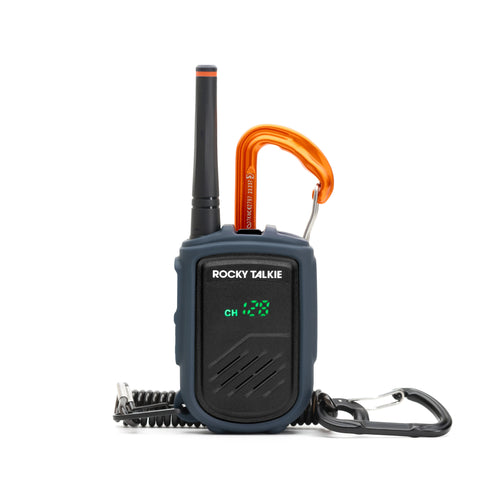

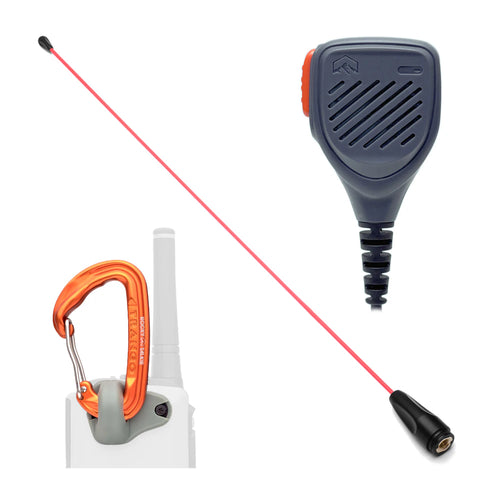

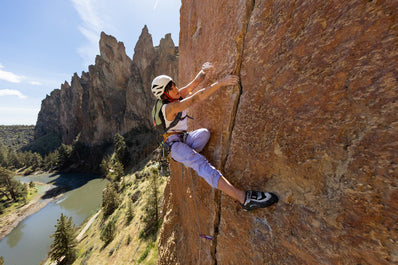
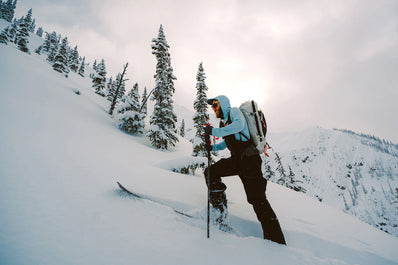

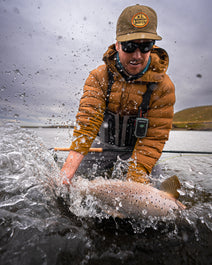
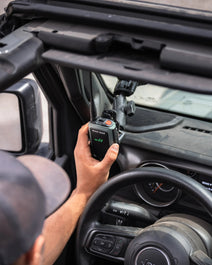
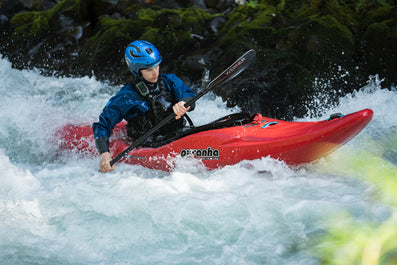
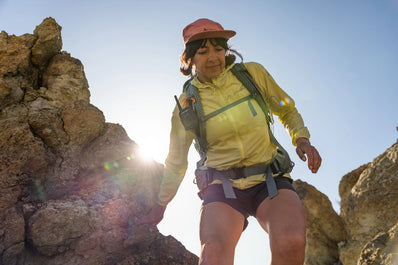
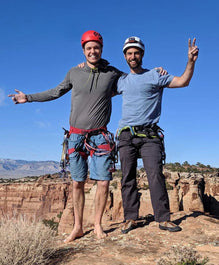
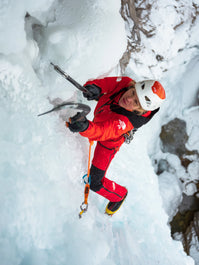
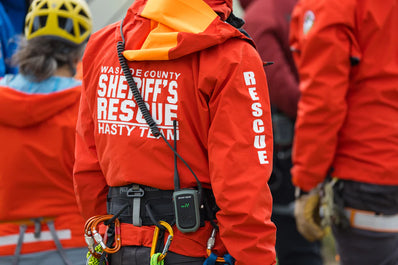
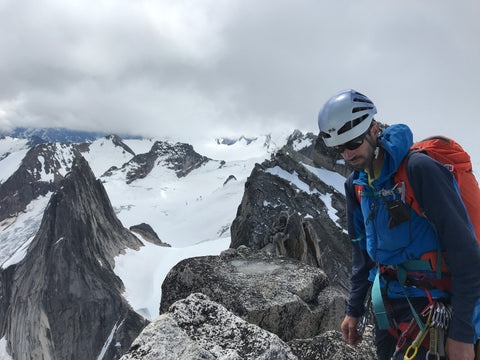
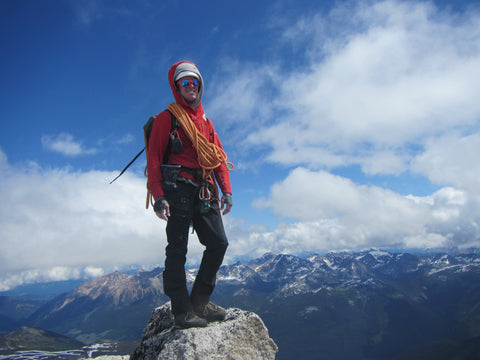
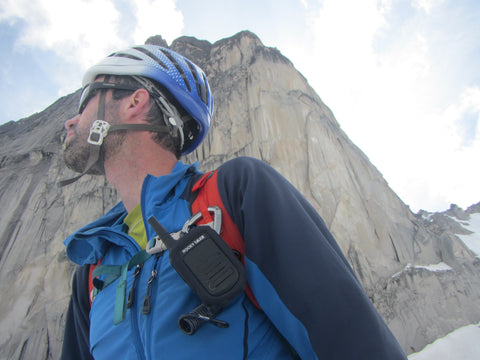
Leave a comment (all fields required)
Comments will be approved before showing up.